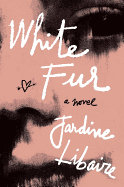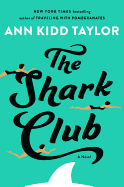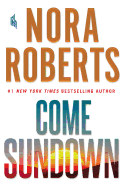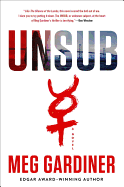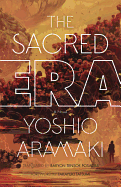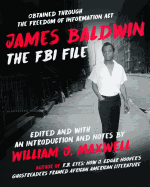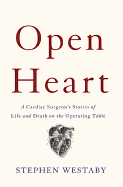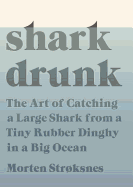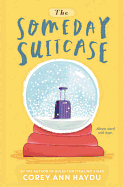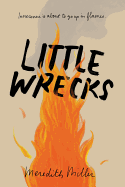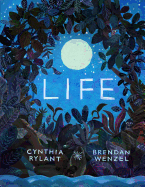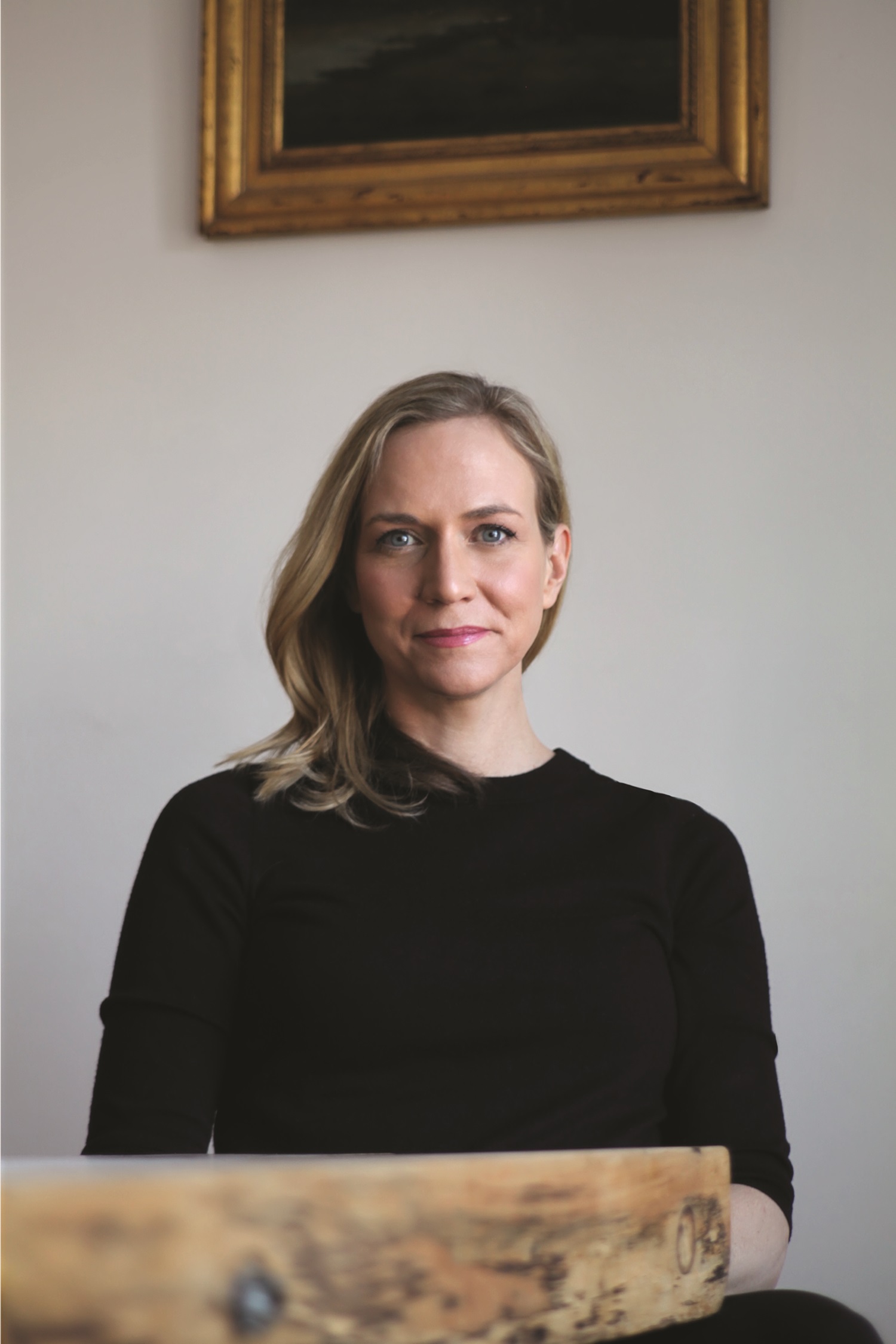 |
| photo: Dennis Healey |
Sarah Healy is the author of Can I Get an Amen? and House of Wonder. The Sisters Chase (Houghton Mifflin Harcourt, June 2017) is her third novel. A native of New Jersey, she now lives in Vermont with her husband and three children, where she divides her time between writing, raising her young sons and working in sales and marketing.
The Sisters Chase is a departure from your previous novels in many ways. What made you decide to write down a different path?
I honestly think I just grew up as a writer. This sounds simple, but I learned to write books by writing books, and so my early novels represent a different phase in my education. And, in many ways, The Sisters Chase was a really natural progression from my previous works, as all center around family. But I tried to go deeper with this book. I put my back into it, so to speak.
Your protagonist Mary is a strong, intelligent young woman, but deeply flawed as well--even unlikable at times. What was it like to write someone who walks such a fine line between sympathetic and unredeemable?
Mary was so much fun to write that I had to stop myself from thanking her in the acknowledgements section. I loved getting to see what she would do next. I think what makes her so fascinating is that she has a different moral compass than most of us, and its true north is Hannah. She does some bad things, but her motivations are quite pure--she needs to survive and she needs to protect her sister. These are really relatable impulses. We sympathize with her intended ends if not her means.
As a writer, did you consider the possibility that readers might not take to Mary? And if so, did it influence the shape of her?
I was more interested in making Mary real than I was making her likable. There can be such a preoccupation with likability in characters, and I understand it, to an extent. But I wanted to make the reader care about Mary, even if they didn't always like her. In that way, she's similar to everyone we all care about, isn't she? We don't always like the people we love.
Because the novel moves back and forth in time, the reader comes to know Mary as a teenager, too. As the mother of three sons, this had to be new writing territory for you. Most parents of teen girls are mystified on a regular basis. How did you manage to write such a thoroughly realized adolescent girl?
I recall those years so well! Feelings are much more acute during adolescence; it's almost like emotions are distilled into something more potent. Maybe that's what makes that time so memorable. My teenage self would have been mesmerized by Mary. She represents so much of what I would have loved to have been--fearless and cunning and devoid of insecurities. She's immune to social mores in a way not many of us are.
And what made you want to write a female teenager? They are, to put it mildly, a bit of a landmine (I can say this as the mother of two teen girls).
I think we inhabit the world in a different way when we're teenagers. We grope around, trying to find an identity and a tribe; and we bump up into things that test the boundaries of who we will allow ourselves to become. It's a time when our freedom tends to have a really unique relationship to our maturity, and that's a recipe for all sorts of explorations.
From the cover of The Sisters Chase to many of the settings, even lines such as "You never really have to stop moving when you're in the ocean," water plays an important role in the novel. Tell us about its place and purpose in the book.
You know, it wasn't until I saw the cover of The Sisters Chase that I fully understood water's significance in the story. In some ways, it represents home--the Chases' motel is by the ocean and the farther the girls are from a coast, the more nomadically they live. But water came to have power in this book. It could protect and shield. It could wash away sins and the past. And it could, of course, destroy.
Because your settings are so vividly realized, especially those in the south, they become characters themselves within the novel. Did you intend for this to happen?
I love that you see them this way! And no, I didn't know that the settings would take on this life. I wrote The Sisters Chase at a time when various responsibilities kept me close to home, so Mary and Hannah became my proxies for adventure. I would stay up at night and pore over pictures and descriptions of the places that were my inspiration for those in the book. I hadn't been to most of them, and I fantasized about them so constantly that they became something other than simply a backdrop. The South, in particular, has an almost mythological presence for me--it has always seemed like a place where tales are born.
The importance of family is threaded throughout The Sisters Chase--family and what, when threatened, we'd do for those we love. What made you want to explore such a thorny subject?
Motherhood acquainted me with the ferocity of love. When I had my boys, I realized that I would do anything to protect them. Mary has very maternal feelings toward Hannah, so understanding the intensity of that instinct was enormously helpful in writing The Sisters Chase. That deeper, almost darker side of love is so interesting.
Mary's family extends beyond her sister, Hannah, and her mother, Diane, reaching to key secondary characters who support--sometimes unknowingly--the girls as they grow. Would you talk a bit about the importance of this concept?
I think we all long for family. And where it doesn't exist, we try to construct it. In Mary and Hannah's case, they were often the objects of that urge. Mary uses that to her advantage whenever possible, manipulating those who wanted to protect her and her sister. It's one of her most important survival mechanisms. But ultimately family are the people who see us inside and out, the people who know the best and worst parts of us. Family represents certain truths, which is why Mary has such a complex relationship with it.
What do you hope readers take away from The Sisters Chase?
I just hope people love the book. And I hope Mary and Hannah become real to readers. I hope that these sisters end up feeling like family. --Stefanie Hargreaves, editor, Shelf Awareness for Readers
 In this board book series, Ferrie makes his knowledge accessible to the youngest of readers--and probably some adults, too. Though the four titles in the series offer "simple explanations of complex ideas for your future genius," the books may be a bit beyond the comprehension of your average baby, but the subject material will certainly be enjoyable for trendy caretakers to read aloud. (And the pictures of babies chewing on the covers are going to be #instaworthy.)
In this board book series, Ferrie makes his knowledge accessible to the youngest of readers--and probably some adults, too. Though the four titles in the series offer "simple explanations of complex ideas for your future genius," the books may be a bit beyond the comprehension of your average baby, but the subject material will certainly be enjoyable for trendy caretakers to read aloud. (And the pictures of babies chewing on the covers are going to be #instaworthy.)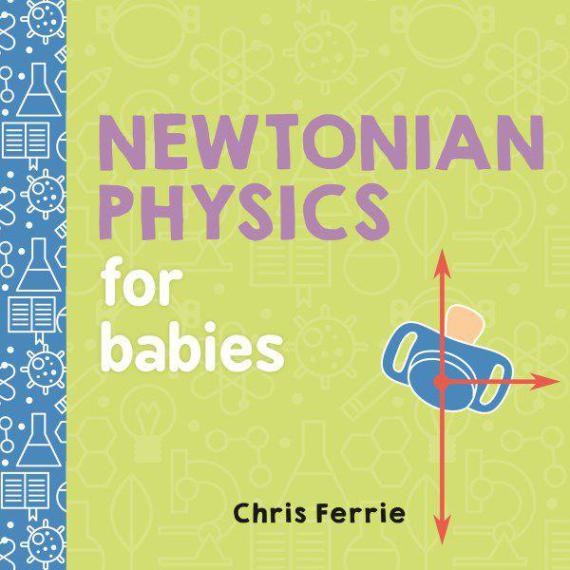 Newtonian Physics for Babies uses only circles and arrows to explain how "the force of the ground always equals the force of gravity."
Newtonian Physics for Babies uses only circles and arrows to explain how "the force of the ground always equals the force of gravity."





